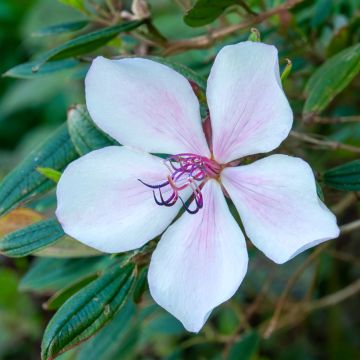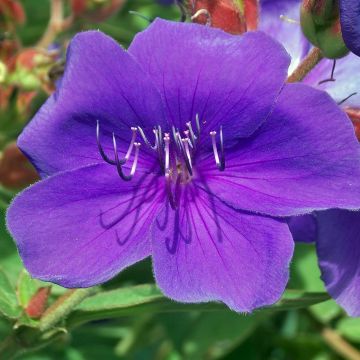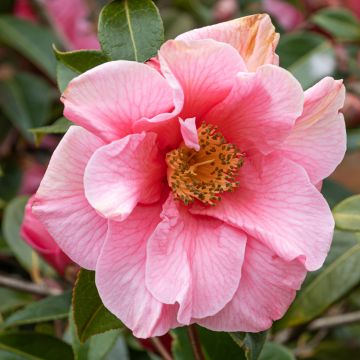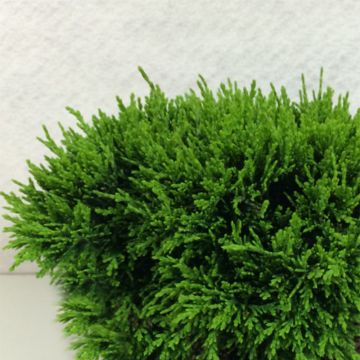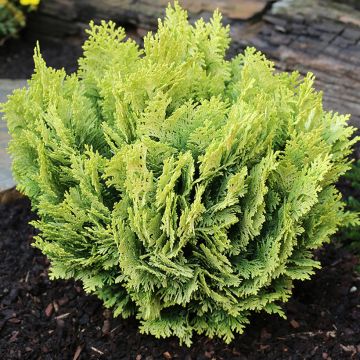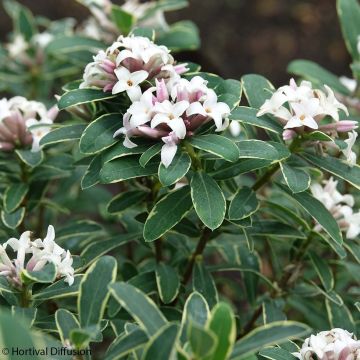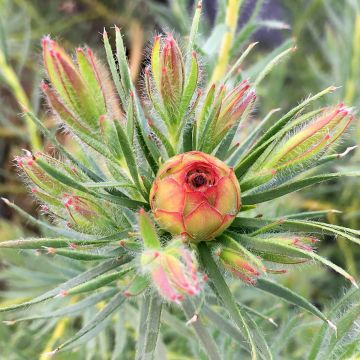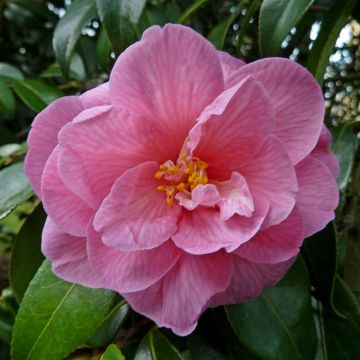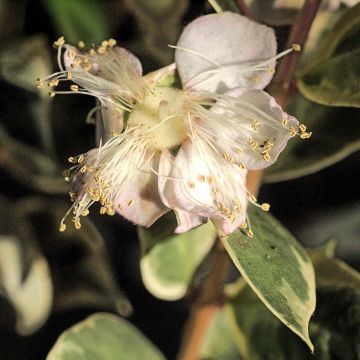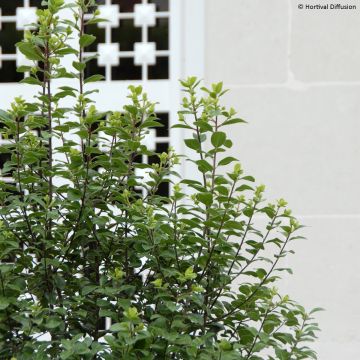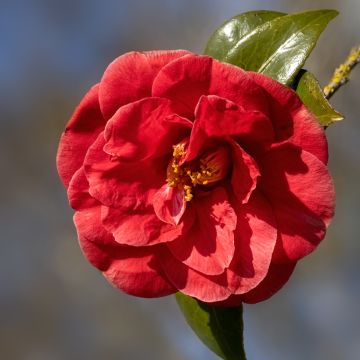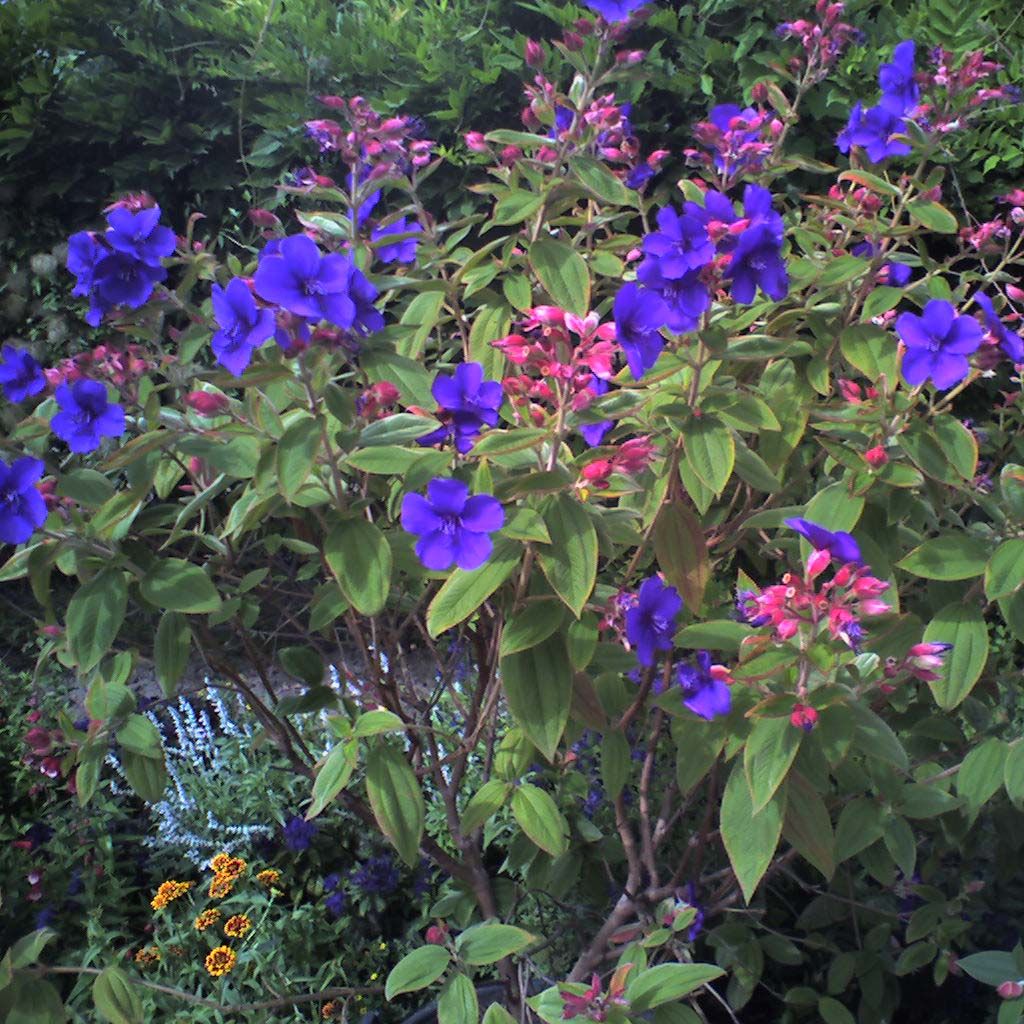

Tibouchina urvilleana - Tibouchine d'Urville.
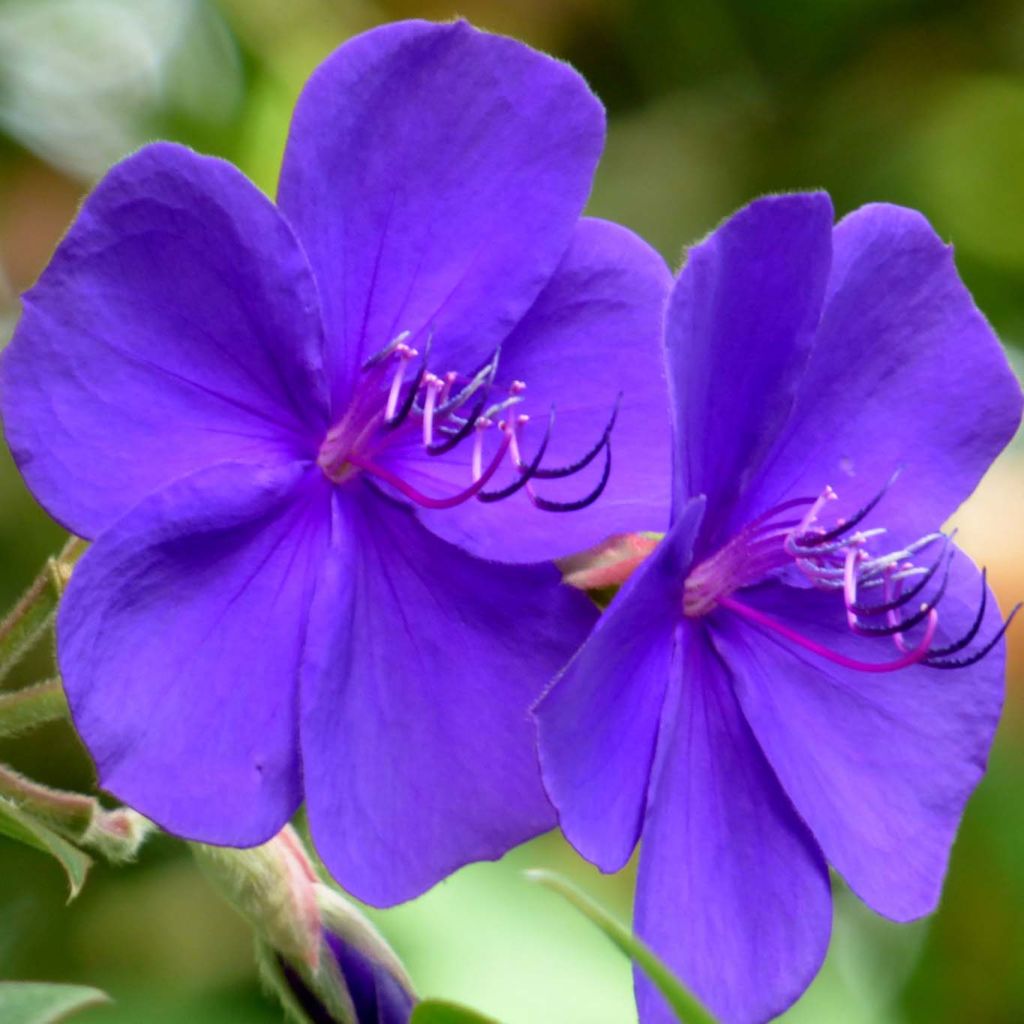

Tibouchina urvilleana - Tibouchine d'Urville.
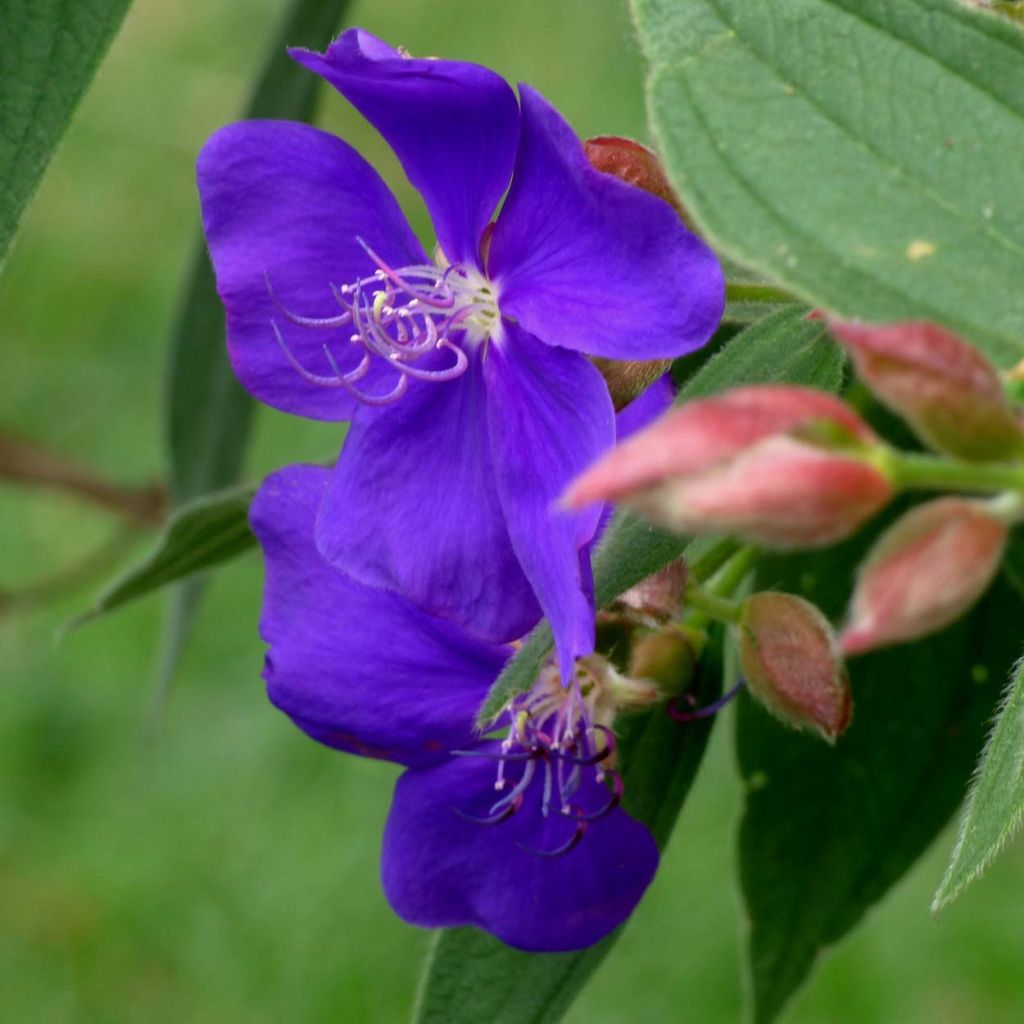

Tibouchina urvilleana - Tibouchine d'Urville.
Tibouchina urvilleana
Tibouchina urvilleana
Glory Bush, Princess Flower, Lasiandra
This plant carries a 24 months recovery warranty
More information
We guarantee the quality of our plants for a full growing cycle, and will replace at our expense any plant that fails to recover under normal climatic and planting conditions.
From €5.90 for pickup delivery and €6.90 for home delivery
Express home delivery from €8.90.
Does this plant fit my garden?
Set up your Plantfit profile →
Description
Tibouchina urvilleana, also known as Glory Bush, irresistibly attracts attention. Its large, almost fluorescent blue-violet flowers capture light in a unique way. It bears velvety foliage, with silky reflections that are as pleasing to the eye as they are to the touch. This highly desirable plant also has a diva temperament inherited from its Brazilian origins; cultivating it in less favourable climates requires knowledgeable enthusiasts or attentive gardeners. Its devastating beauty is worth dedicating some time and providing the necessary care to meet its few requirements!
Tibouchina urvilleana (synonyms: Lasiandra semidecandra, Tibouchina semidecandra, Pleroma macrantha) is a large bush or small tree of the Melastomataceae family, native to southern Brazil and naturalised in many tropical and subtropical regions. As such, it appreciates warm and humid atmospheres and the dappled shade provided by tall trees. In its natural environment, it forms a small tree that can reach up to 5m (16ft) in height. In cultivation, in our climates, it rarely exceeds 2.5m (8ft) in height and 1.25m (4ft) in width, if conditions are optimal. Potted plants often remain smaller in size.
Its growth is quite fast, and its upright habit is not very branched. It forms a short trunk from which a few quadrangular sectioned branches emerge, initially purplish in colour and covered with pubescence when young, later turning more brownish-grey. These slender and brittle stems are very sensitive to wind. They bear particularly ornamental foliage. The evergreen leaves, 8 to 10cm (3 to 4in) long, are entire and ovate with pointed tips, and are covered with soft, transparent hairs that give the lamina a magnificent silky sheen. Their upper side is dark green, while the underside is matte. They are traversed by 3 to 5 highly pronounced longitudinal veins. Before falling, they take on a beautiful reddish-orange colour. The late flowering begins in August and can last until September-October. If the plant is kept in full light and in a warm and not too dry atmosphere, some flowers may still appear in winter. But most often, flowering ceases in winter due to decreased sunlight and temperatures. The usually solitary flower buds are tinted reddish-purple. They open into flowers with a diameter of 10cm (4in), composed of 5 satin blue-violet petals arranged in a very open cup. The centre of the corolla is occupied by long, curved, and jointed stamens that resemble little legs. Green, orange, purple, and intense violet, can be found on this bush in full bloom, creating a rather fascinating spectacle. The flowering is followed by the formation of decorative frutescent capsules.
Tibouchina is sensitive to cold, but it can be grown in the ground in certain well-sheltered areas, as evidenced by a beautiful specimen measuring 3.5m (11ft) that thrives in the exotic garden of Roscoff, apparently unaffected by temperatures as low as -2 to -3°C (28.4 to 26.6°F). It is a sensational plant in full bloom, to be planted alone or at the heart of a bed of more modest plants with long summer flowering. The small orange flowers of bush cinquefoil ('Hopley's Orange'), or the red flowers of bush sage ('Royal Bumble', 'Flammenn') will perfectly enhance its large blue-violet flowers. Just like the small yellow bell-shaped flowers of Diervilla splendens. A bed composed of Eucalyptus macrocarpa (2 to 4m (7 to 13ft) tall, with very large red flowers), Cassia corymbosa, and Melaleuca gibbosa should create a stunning effect in an exotic setting. Cultivating it in a large pot allows it to be adopted almost anywhere. It can spend the entire summer outdoors before overwintering in a greenhouse, conservatory, or even in a moderately heated room at home.
Report an error about the product description
Tibouchina urvilleana in pictures
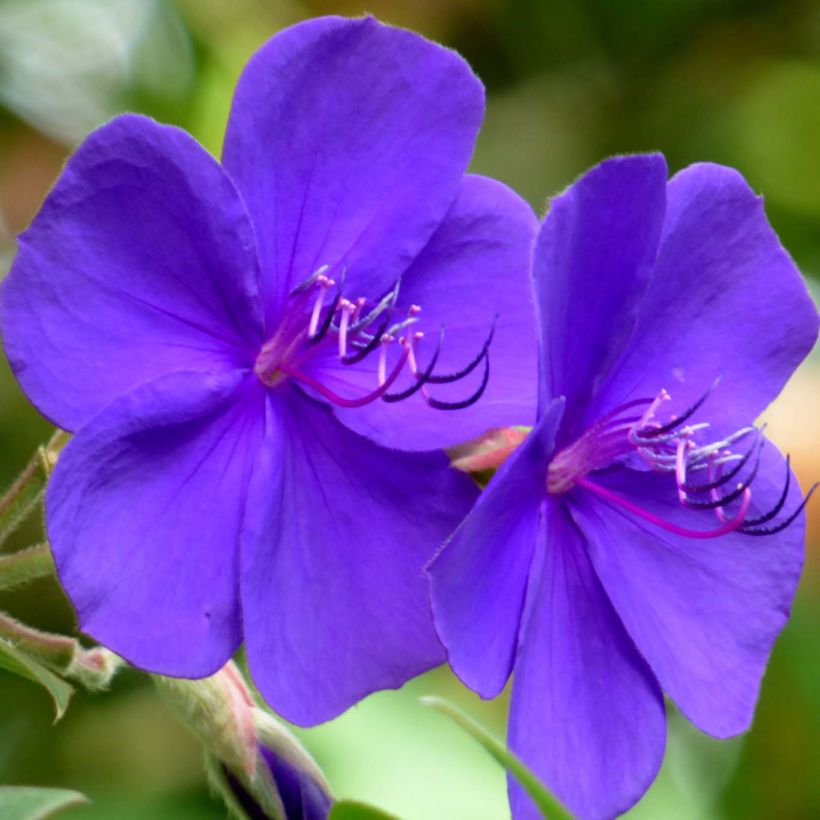

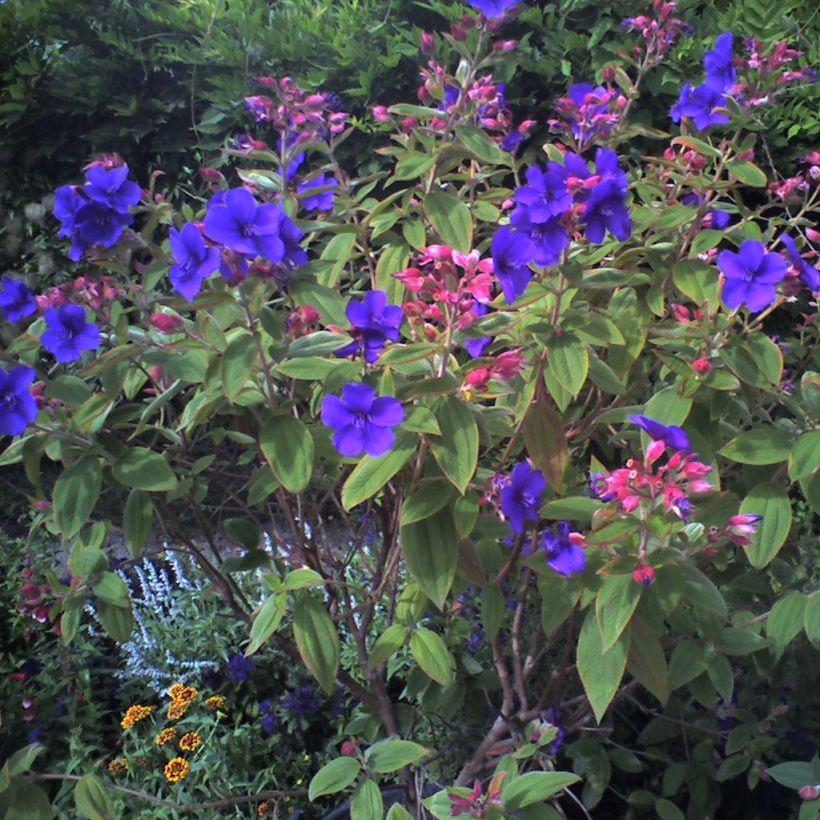

Plant habit
Flowering
Foliage
Botanical data
Tibouchina
urvilleana
Melastomataceae
Glory Bush, Princess Flower, Lasiandra
South America
Other Tibouchina
Planting and care
Plant in open ground in the mildest regions, in a sheltered position away from wind and frost. Grow in a pot everywhere else. Planting in spring allows you to witness their wonderful flowering from the first summer. These bushes require a very bright but partially shaded exposure, and they fear direct and scorching sun at noon or in the afternoon. They appreciate deep, light, fertile soils that are well-drained and remain moist throughout the flowering period. As winter corresponds to a period of rest in our climates, the soil or planting substrate can be kept just moist, never wet or waterlogged. A mixture composed of leaf compost, compost, light garden soil (low in limestone), loam soil, and a little ericaceous soil (no more than 30%) seems suitable. An organic fertiliser should be applied in pots, once in spring (April) and again at the beginning of summer.
Pruning is often necessary to promote a denser, more branched habit and stimulate the growth of flowering shoots. It should be done after the main flowering and before winter, usually in October.
In a greenhouse, conservatory, or indoors, watch out for the appearance of pests such as scale insects, whiteflies, and red spider mites, which particularly enjoy warm, confined, and dry atmospheres.
Planting period
Intended location
Care
-
, onOrder confirmed
Reply from on Promesse de fleurs
Evergreen shrubs
Haven't found what you were looking for?
Hardiness is the lowest winter temperature a plant can endure without suffering serious damage or even dying. However, hardiness is affected by location (a sheltered area, such as a patio), protection (winter cover) and soil type (hardiness is improved by well-drained soil).

Photo Sharing Terms & Conditions
In order to encourage gardeners to interact and share their experiences, Promesse de fleurs offers various media enabling content to be uploaded onto its Site - in particular via the ‘Photo sharing’ module.
The User agrees to refrain from:
- Posting any content that is illegal, prejudicial, insulting, racist, inciteful to hatred, revisionist, contrary to public decency, that infringes on privacy or on the privacy rights of third parties, in particular the publicity rights of persons and goods, intellectual property rights, or the right to privacy.
- Submitting content on behalf of a third party;
- Impersonate the identity of a third party and/or publish any personal information about a third party;
In general, the User undertakes to refrain from any unethical behaviour.
All Content (in particular text, comments, files, images, photos, videos, creative works, etc.), which may be subject to property or intellectual property rights, image or other private rights, shall remain the property of the User, subject to the limited rights granted by the terms of the licence granted by Promesse de fleurs as stated below. Users are at liberty to publish or not to publish such Content on the Site, notably via the ‘Photo Sharing’ facility, and accept that this Content shall be made public and freely accessible, notably on the Internet.
Users further acknowledge, undertake to have ,and guarantee that they hold all necessary rights and permissions to publish such material on the Site, in particular with regard to the legislation in force pertaining to any privacy, property, intellectual property, image, or contractual rights, or rights of any other nature. By publishing such Content on the Site, Users acknowledge accepting full liability as publishers of the Content within the meaning of the law, and grant Promesse de fleurs, free of charge, an inclusive, worldwide licence for the said Content for the entire duration of its publication, including all reproduction, representation, up/downloading, displaying, performing, transmission, and storage rights.
Users also grant permission for their name to be linked to the Content and accept that this link may not always be made available.
By engaging in posting material, Users consent to their Content becoming automatically accessible on the Internet, in particular on other sites and/or blogs and/or web pages of the Promesse de fleurs site, including in particular social pages and the Promesse de fleurs catalogue.
Users may secure the removal of entrusted content free of charge by issuing a simple request via our contact form.
The flowering period indicated on our website applies to countries and regions located in USDA zone 8 (France, the United Kingdom, Ireland, the Netherlands, etc.)
It will vary according to where you live:
- In zones 9 to 10 (Italy, Spain, Greece, etc.), flowering will occur about 2 to 4 weeks earlier.
- In zones 6 to 7 (Germany, Poland, Slovenia, and lower mountainous regions), flowering will be delayed by 2 to 3 weeks.
- In zone 5 (Central Europe, Scandinavia), blooming will be delayed by 3 to 5 weeks.
In temperate climates, pruning of spring-flowering shrubs (forsythia, spireas, etc.) should be done just after flowering.
Pruning of summer-flowering shrubs (Indian Lilac, Perovskia, etc.) can be done in winter or spring.
In cold regions as well as with frost-sensitive plants, avoid pruning too early when severe frosts may still occur.
The planting period indicated on our website applies to countries and regions located in USDA zone 8 (France, United Kingdom, Ireland, Netherlands).
It will vary according to where you live:
- In Mediterranean zones (Marseille, Madrid, Milan, etc.), autumn and winter are the best planting periods.
- In continental zones (Strasbourg, Munich, Vienna, etc.), delay planting by 2 to 3 weeks in spring and bring it forward by 2 to 4 weeks in autumn.
- In mountainous regions (the Alps, Pyrenees, Carpathians, etc.), it is best to plant in late spring (May-June) or late summer (August-September).
The harvesting period indicated on our website applies to countries and regions in USDA zone 8 (France, England, Ireland, the Netherlands).
In colder areas (Scandinavia, Poland, Austria...) fruit and vegetable harvests are likely to be delayed by 3-4 weeks.
In warmer areas (Italy, Spain, Greece, etc.), harvesting will probably take place earlier, depending on weather conditions.
The sowing periods indicated on our website apply to countries and regions within USDA Zone 8 (France, UK, Ireland, Netherlands).
In colder areas (Scandinavia, Poland, Austria...), delay any outdoor sowing by 3-4 weeks, or sow under glass.
In warmer climes (Italy, Spain, Greece, etc.), bring outdoor sowing forward by a few weeks.

































